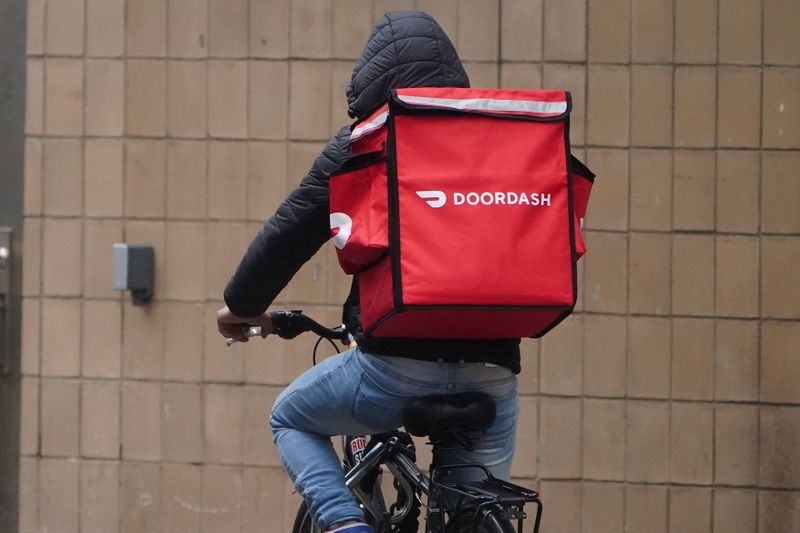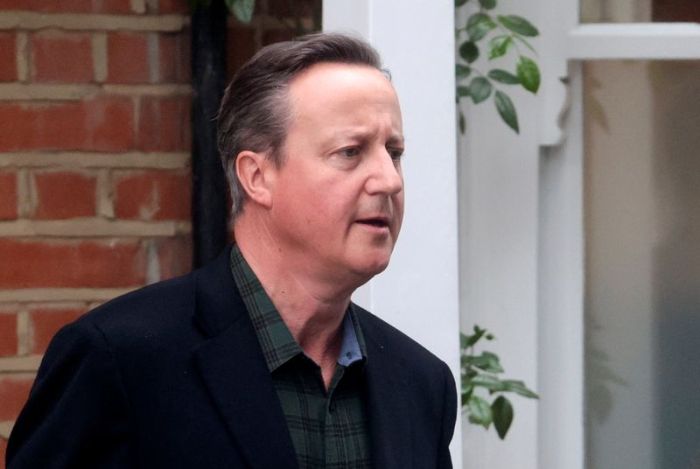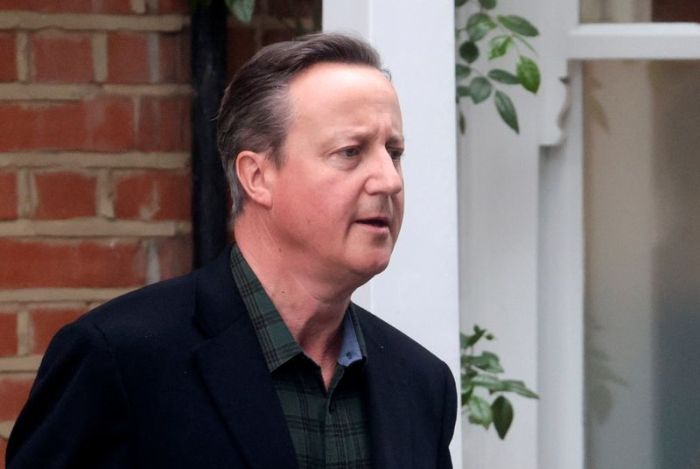(Reuters) -DoorDash Inc raised its forecast for annual gross order value on Thursday, as stimulus checks helped keep food delivery demand resilient in the first quarter even as vaccinations and an easing of restrictions encouraged people to dine out again.
However, DoorDash said those same government benefits were partly responsible for delivery drivers working fewer hours in the quarter, reducing the number of deliveries it was able to make.
The company, along with rivals Uber Eats and Grubhub Inc have benefited from a surge in demand for app-based delivery services in the last year as the COVID-19 situation kept people at home.
DoorDash, which has also branched out into delivery from grocery and convenience stores last year, reported a near three-fold jump in quarterly revenue to $1.08 billion, beating analysts’ estimates of $993.3 million, according to IBES data from Refinitiv.
The company shares, which have gained about 13% over their December initial public offering price, rose 8% in extended trading.
“As markets continued reopening and in-store dining increased across the United States, the impact to our order volume was smaller than we expected, which contributed to strong performance in the quarter,” the company said in a statement.
However, the company added that it expects demand to slow as the effects of stimulus wear off.
DoorDash said it expects full-year marketplace gross order value (GOV) of $35 billion to $38 billion, up from its previous forecast of $30 billion to $33 billion. Marketplace GOV is the total value of all orders placed on its app as well as fees for its DashPass subscription service.
The company also raised the top end of its forecast for full-year adjusted earnings before interest, taxes, depreciation, and amortization to between break-even and $300 million, compared to a previous forecast of as much as $200 million.
(Reporting by Uday Sampath in Bengaluru; Editing by Shailesh Kuber)



















